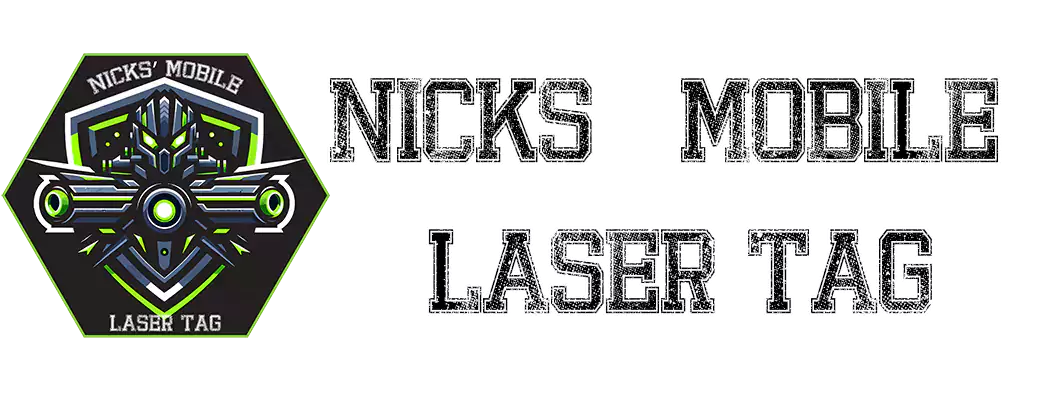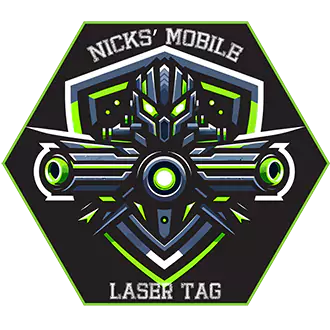Laser tag, a game of skill, strategy, and precision, has captivated participants of all ages for decades. Its origins, deeply rooted in military training simulations, have evolved into a global entertainment phenomenon, thanks to advancements in technology. This article explores the journey of laser tag technology from its inception to the cutting-edge systems of today.
The Early Days: Concept and Creation
1970s-1980s: Inspiration and Invention
- Military Training Tools: The concept of laser tag was initially developed from military training exercises that used infrared beams for combat simulations.
- “Star Trek” Phaser Toy: The first consumer laser tag product was inspired by “Star Trek” in the late 1970s, allowing fans to bring their favorite show’s action to life.
The First Commercial Laser Tag Systems
Photon: The Pioneer
- In 1984, the first commercial laser tag arena called Photon was introduced, marking the birth of laser tag as an entertainment activity. This section would detail Photon’s technology, gameplay, and cultural impact.
Technological Advancements and Game Mechanics
Infrared Technology
- Early laser tag systems relied on infrared signals, similar to those used in remote controls, to register hits. This segment would explore the evolution of infrared technology and its implications for game accuracy and experience.
Equipment Evolution
- Discuss the progression from bulky, wired equipment to the sleek, wireless gear used today. Highlight improvements in durability, user experience, and the ability to integrate advanced features.
The Rise of Indoor and Outdoor Arenas
Indoor Arenas
- The design and thematic evolution of indoor arenas, from simple, dark rooms to elaborate, multi-level mazes with thematic elements inspired by popular science fiction and fantasy.
Outdoor Laser Tag
- The adaptation of technology for outdoor environments, including the development of more robust and weather-resistant equipment. This would also cover the transition to GPS and RF technology for larger play areas.
Digital Integration and Software
Scoring Systems and Real-time Feedback
- The introduction of digital scoring systems provided immediate feedback to players, enhancing the competitive aspect of the game. Detail how these systems have evolved to include online leaderboards and social sharing features.
Game Modes and Customization
- Modern laser tag systems offer a variety of game modes, customizable weapon settings, and player roles, thanks to flexible software platforms. This section would explain how these features allow for a personalized and diverse gaming experience.
Augmented Reality (AR) and Virtual Reality (VR)
AR and VR in Laser Tag
- Explore the recent integration of AR and VR technologies into laser tag, creating immersive experiences that blend physical and digital gameplay. Highlight specific innovations and how they’ve changed player interaction and immersion.
Safety Improvements
Enhanced Safety Features
- With the evolution of technology, laser tag equipment has become safer and more user-friendly. Discuss the implementation of features designed to minimize injury and ensure a safe playing environment.
The Future of Laser Tag Technology
Trends and Predictions
- Speculate on the future directions of laser tag technology, including potential integration with Internet of Things (IoT) devices, further advancements in AR and VR, and the role of artificial intelligence (AI) in game strategy and arena management.
Conclusion
Reflect on the journey of laser tag technology from its rudimentary beginnings to the sophisticated, immersive experiences available today. Consider the impact of these advancements on the popularity and accessibility of laser tag as a sport and entertainment activity.




